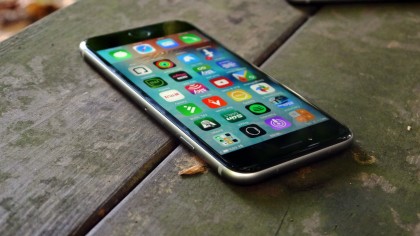
We live in privileged times if I can look at the amazing phone on my desk and say, “Wow, this iPhone 14 Pro is really boring,” but it's true. The iPhone is boring. Buying an iPhone is a boring choice. The iPhone was once daring, cutting edge and cool. Now, it’s the default if you want to make sure everything works as expected. It’s reliable, maybe even perfect, and that makes it dull.
What’s a more exciting smartphone choice? Well, almost any of them, but not by much. The iPhone is the 800lb gorilla in the room (or 362kg gorilla if you please), and every other phone maker needs to come up with an advantage or alternative to the iPhone’s features and software to stand out.
This means that every other phone can do things the iPhone cannot, but it also centers the iPhone in the middle of the phone world. The center is a nice place to be, especially if you’re a buyer.
When you’re spending almost a thousand for a device you want to keep for years, you don’t want to risk anything. You just want a phone you can rely on, and perhaps fix easily, when things break.
The first iPhone was literally unbelievable
This wasn’t always the way. The first iPhone was a daring leap forward in design and technology. Before the iPhone, screens were smaller and relied on an unfriendly resistive-touch technology that worked best with a stylus. The iPhone blew up the screen with bright colors and capacitive touch that was friendlier to fingers.
The original iPhone was such a revolution the reaction from other phone makers was pure disbelief. It must be a hoax. Can you imagine if an iPhone today was so revolutionary that its competitors questioned whether it could actually be real? It’s been a long time since we’ve had that kind of revelation.
Even after the first generation, the iPhone continued to take important leaps forward. I remember waiting in line for the iPhone 3G, the first iPhone with modern cellular data and the first to launch after Apple opened the App Store and allowed third-party apps on the iPhone.
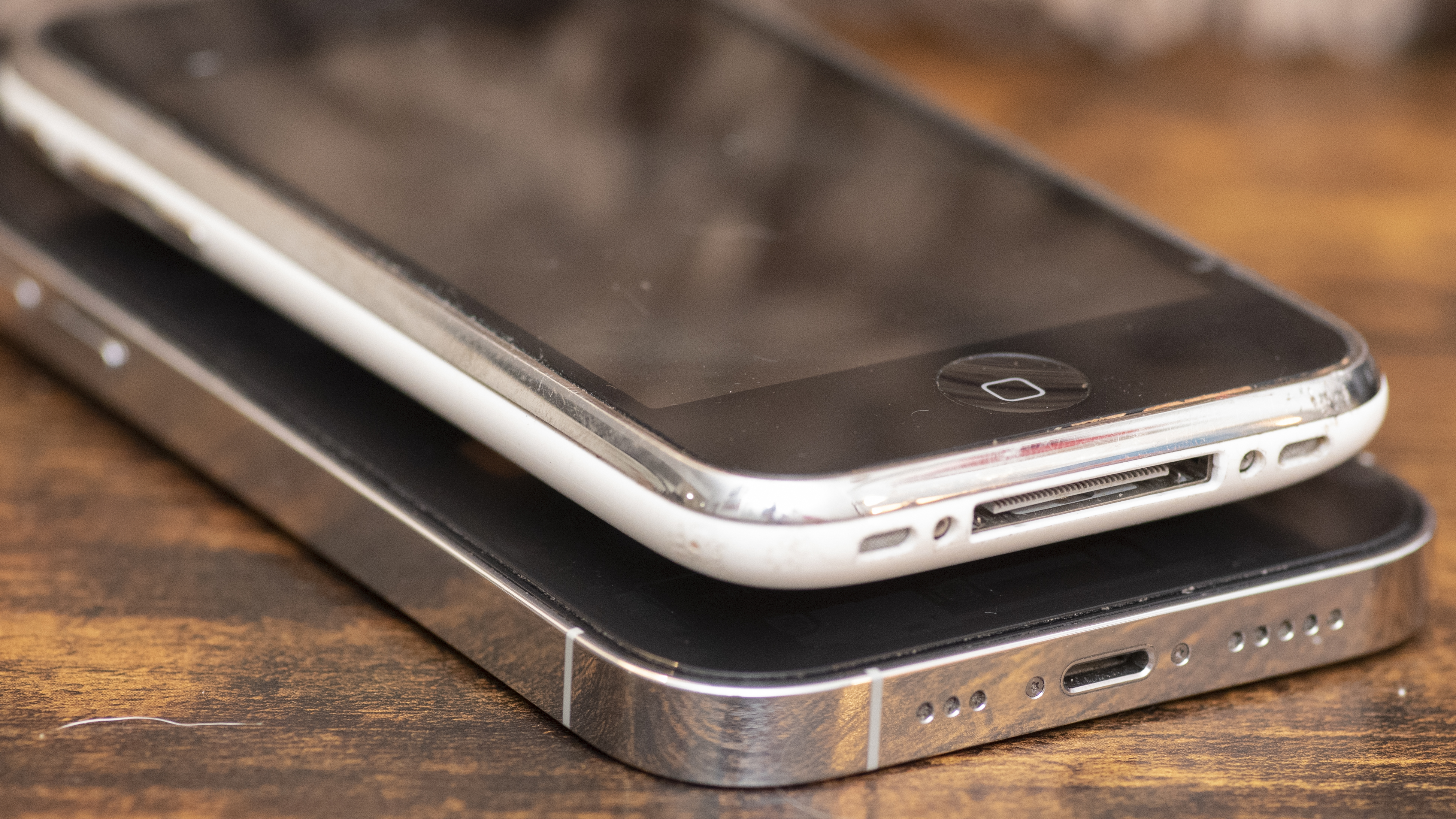
I downloaded Sega’s Super Monkey Ball and rolled around on the screen by tilting the phone. I’d played games on a phone before, sure, like solitaire or a hacked version of Doom for Palm OS, but Apple’s iPhone experience was different.
This was the real deal. These were finely tuned controls, thanks to the accelerometer. These were graphics the best Game Boy would envy. Gaming would only be the start, but it would be a huge start. Until we saw the games and apps the iPhone could run, we had no idea of the power in our hands.
The iPhone 4 changed the way phones look and feel
When did the iPhone get boring? It wasn’t in the first five years, that’s for sure. The iPhone 4 was a revolutionary step forward in phone design. Before the iPhone 4, phones were plastic. Glass seemed too delicate, and metal created a Faraday cage effect that blocked RF signals. The iPhone 4 threw caution to the floor and gave us a phone that more closely resembled a Rolex watch than a walkie-talkie.
It took years for competitors to catch up to Apple's design, just as it took years to catch up to its technology when the first iPhone launched. Samsung, which spends tons of cash on R&D and patents more inventions every year than almost any other company, couldn’t create such a refined and beautiful design until the Galaxy S6, five years after the iPhone 4.
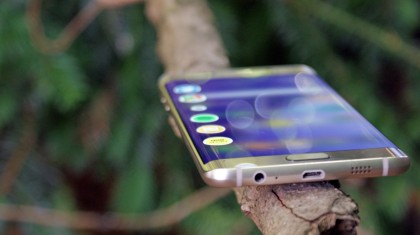
By then, the signs had appeared that Apple was becoming complacent. To compete with Samsung’s beautiful and unique Galaxy S6 edge, Apple could only offer the iPhone 6S. At the time, Apple’s design team only created new concepts in even years. In odd years, we got the ‘S’ variant of the iPhone, with internal upgrades but no external changes.
And we pretended to like it. We pretended it was good that Apple was focusing on improving ‘the basics,’ as we’d call them. It was boosting performance, battery life, and camera capabilities.
Flash forward, and Apple is still boosting performance, battery life, and camera capabilities. Somehow we’re still not at the pinnacle of these improvements. It’s been almost a decade of sameness, and we still can’t get more than a day of battery life out of an iPhone.
The most exciting new Apple feature is in space?
When was the last time we got something truly new and revolutionary on an iPhone? That’s hard to say. In terms of technology, it would have to be the sensors on the front and the back of the phone. Most people don’t know what they do, but there's some amazing technology driving Face Unlock and the iPhone’s augmented reality capabilities.
The Face Unlock feature uses an infrared camera with its own infrared dot emitter. Technically, it’s similar to the technology used in night vision cameras. It’s so advanced that Apple’s Face Unlock is the only one banks will allow for credit card and banking transactions. On Android phones, your fingerprint is the best you can do, because they use a simpler camera for face detection.
Using the rear cameras, augmented reality on the iPhone is created with the help of LIDAR technology, a time-of-flight measurement similar to what cops use in radar guns and cars use for automatic driving. It can be used to measure objects in three dimensions or overlay images in augmented reality.
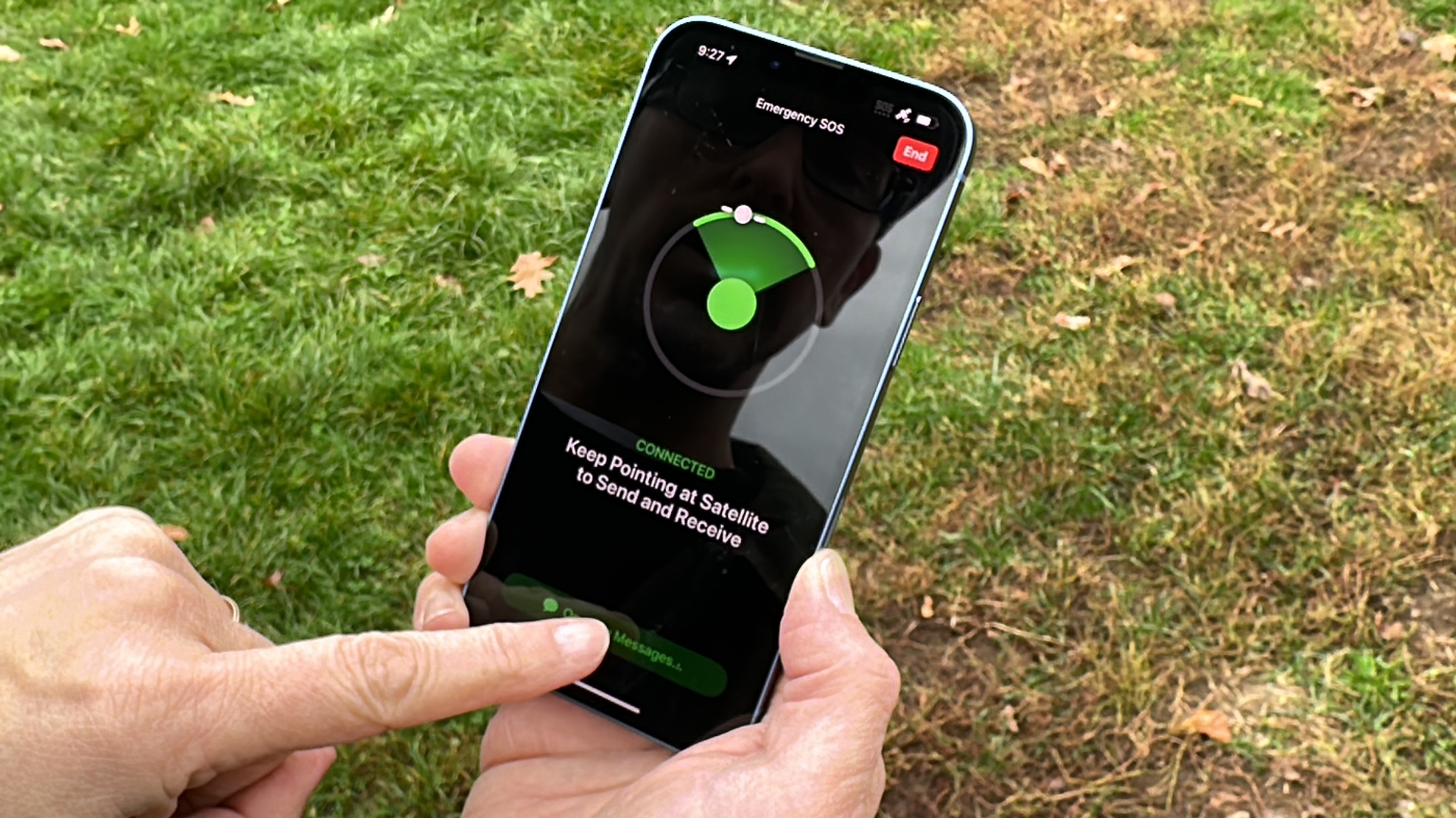
More recently, the iPhone 14 can talk to satellites in space. It has a radio that can transmit over a hundred miles to connect to a constellation of satellites constantly whizzing overhead in near-earth orbit. Your older iPhone can only connect to a cell phone tower a few miles away, but the new iPhone can send text messages to space. Sadly, you should only use it if things go absolutely, horribly wrong.
In other words, there's amazing new technology on the iPhone 14 that's being used in boring, mundane, or inaccessible ways. These are great features and technological advancements. Still, they don’t change much. They don’t give us new ways to use our iPhones. They only make existing features a bit better.
We need to expect more from the next iPhone
Am I expecting too much? Good, that’s my job. If I don’t expect too much, if I don’t call the iPhone 14 Pro a boring old smartphone (as well as the best iPhone Apple has ever made), we’ll never get anything exciting.
Apple found problems in the smartphone industry that we didn’t know were fixable and fixed them. We didn’t know screens could be so much bigger and better. We didn’t know smartphone software could be so much friendlier – friendly enough for everyone to enjoy, not just business executives and tech geeks.
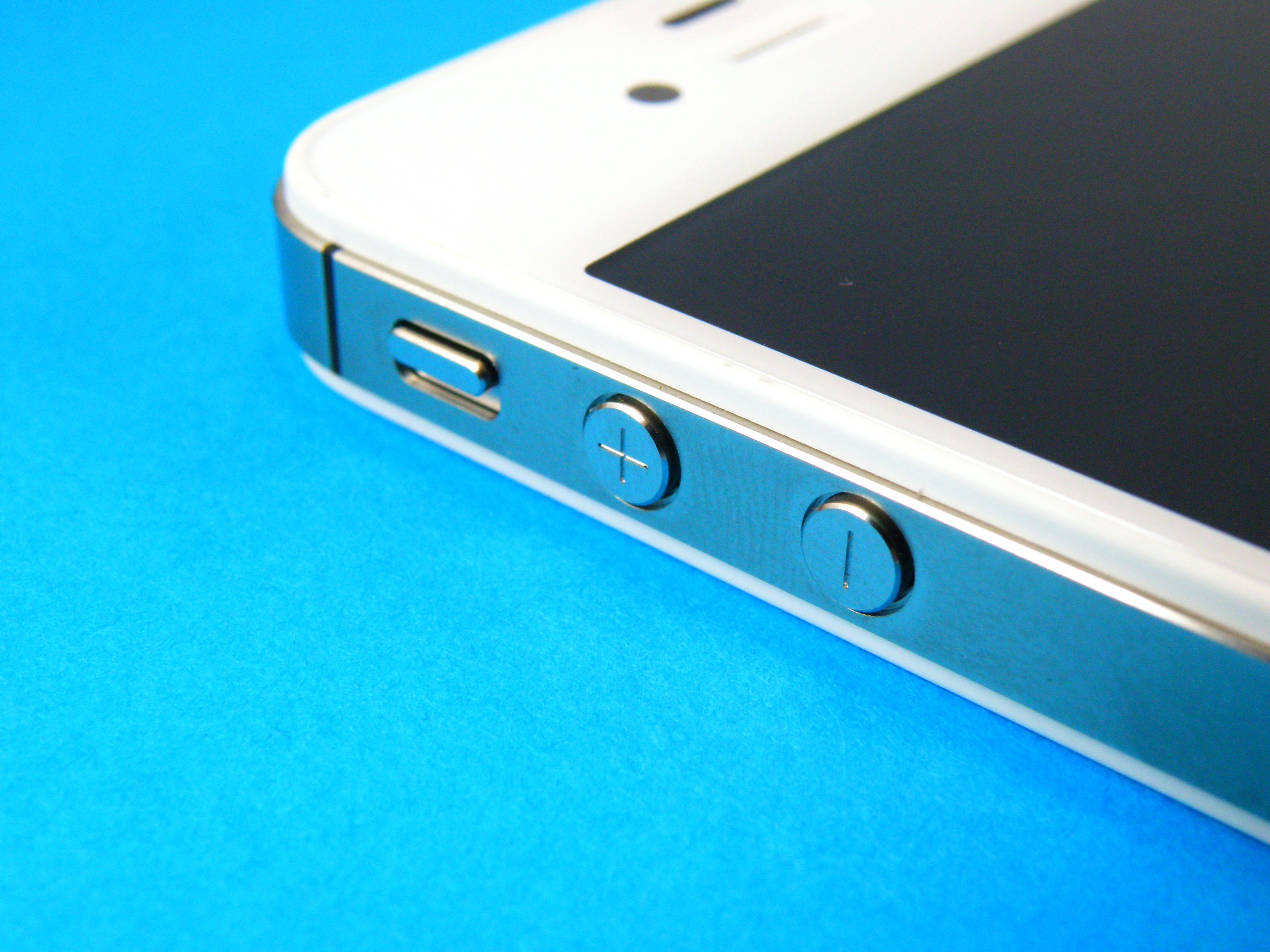
Apple then changed our expectations for phone design and found an audience willing to pay for a premium device. We didn’t know phones could be made of glass or made to feel like fine jewelry. We didn’t know technology should feel luxurious until Apple showed everyone.
It’s not my job to build the next iPhone, but to point out there are still huge gaps in the industry that need to be filled. There are flaws to expose and obvious problems that are being ignored and must be fixed.
Start with the things we complain about every year
For instance, I couldn’t find a phone review where we were completely, 100% satisfied with a phone's battery life. There isn’t one. We’re never satisfied. Apple could make battery life a leading priority and change the phone world. If an upcoming iPhone 15 offers twice the longevity of the competition, it could be the only phone I recommend.
Phones must be more durable. A smartphone should survive a drop onto concrete without a case – glass and all. Lenovo is doing it with the ThinkPhone by Motorola. If Apple launched an unbreakable iPhone, every other phone maker would scramble to build tougher phones. Repair bills would plummet, and phone insurance companies would pop the champagne.
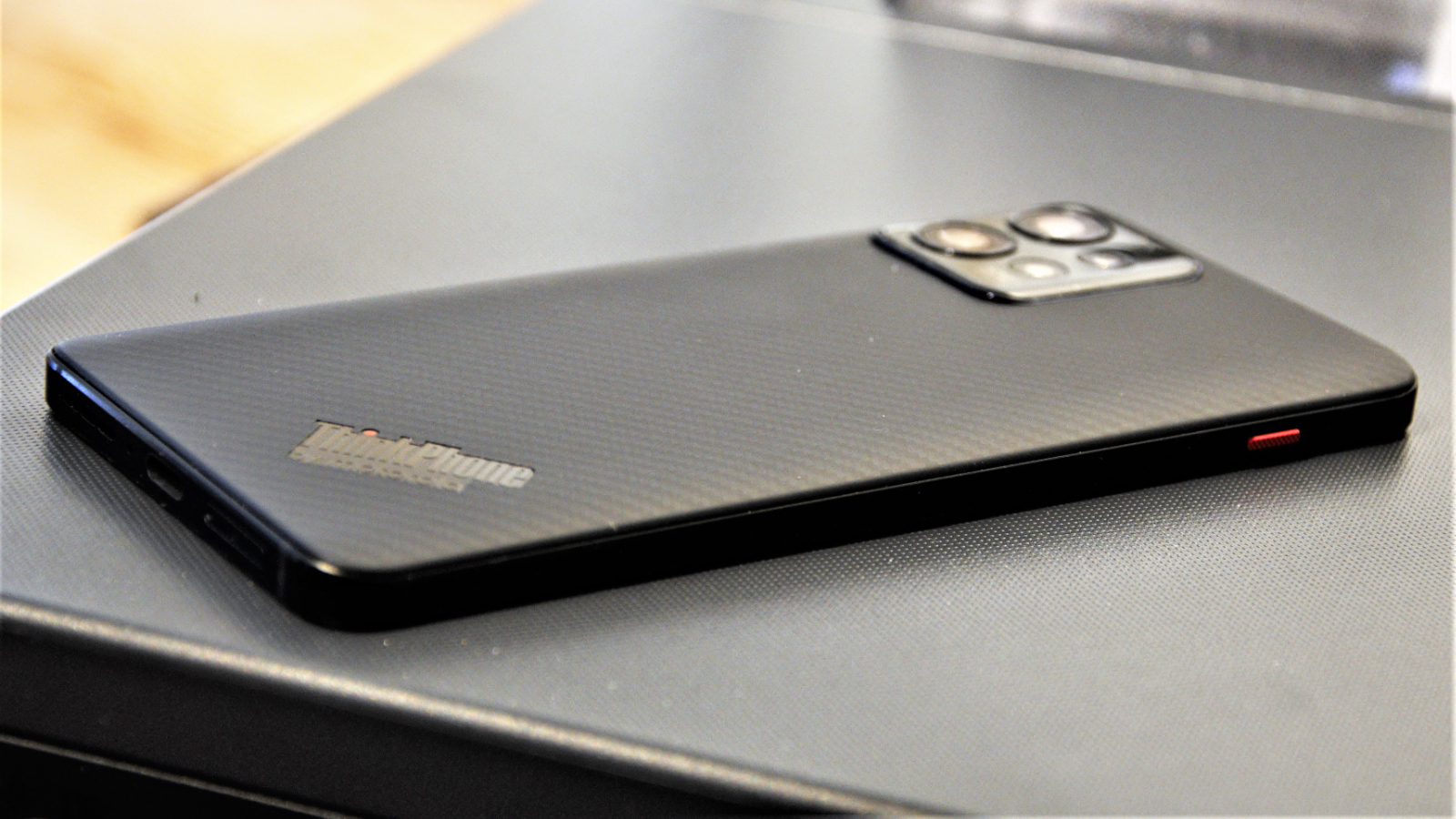
These are just my paltry requests. I’m sure the geniuses in the Apple infinite loop can think of something better. We need upgrades that go beyond more megapixels and marginal processor boosts. We need improvements that are useful, like durability and better battery life, not cosmetic and opportunistic, like the Dynamic Island.
There was a time when the iPhone wasn’t the best smartphone you could buy, it was the only smartphone worth buying. All the rest were saddled with problems we didn’t see until Apple came along and solved them. Today, the iPhone is creating boring new problems to solve while ignoring the big problems that still exist.
- Catch up on all of our iPhone 15 predictions
- Check out our Motorola ThinkPhone review on TechRadar Pro
- Read about a Motorola Defy that everyone can use for satellite messages







